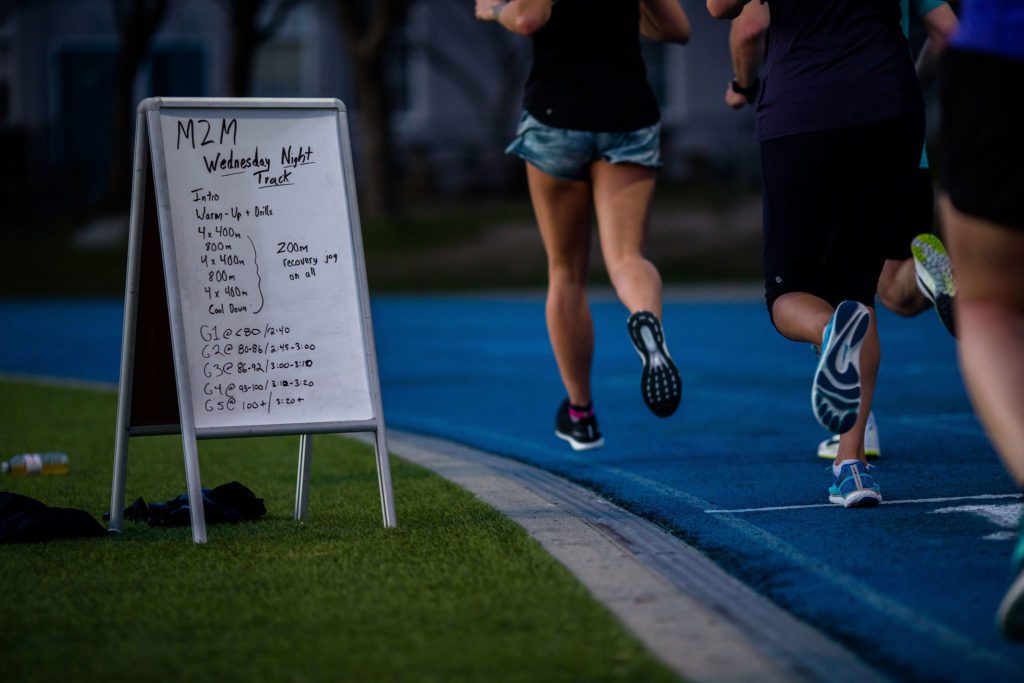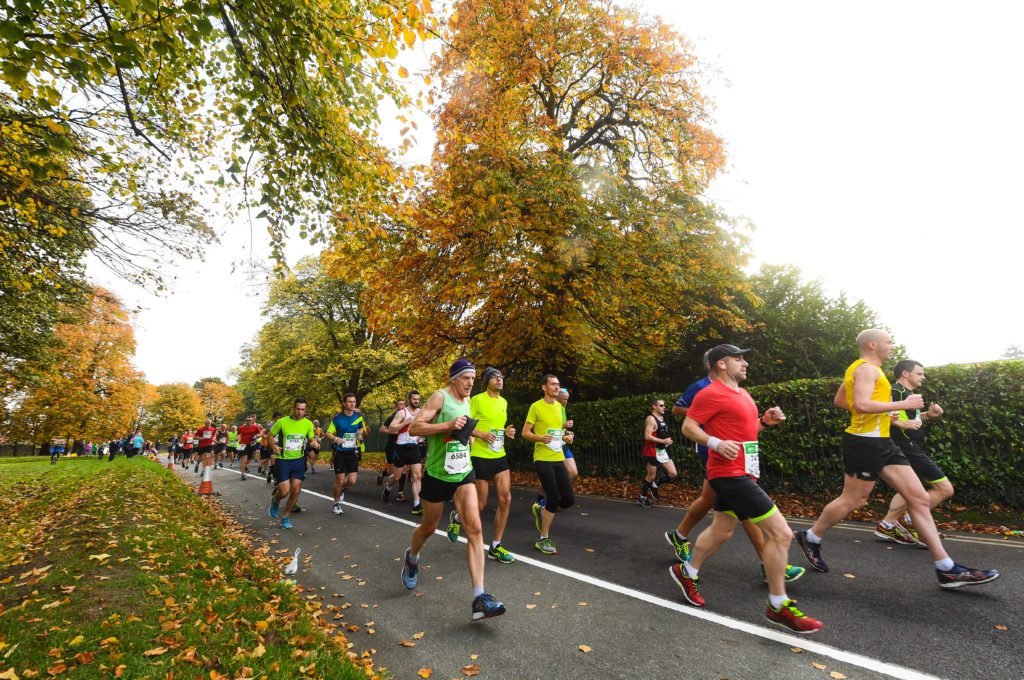Why high mileage can cause a performance decrease in some runners
For some, an increase in mileage won't make them any better, and it could actually make them worse

Most runners assume that with more mileage comes faster finishing times. But a new study out of Australia challenges the idea that all runners adapt to increased mileage positively – finding that depending on your muscle fibres, more mileage can actually cause a decrease in performance.
In a study of middle-distance runners who underwent seven weeks of purposeful overtraining (increased mileage), those with more type I (slow-twitch) muscle fibres were more likely to adapt well than those with more fast twitch (type II) muscle fibres. Even after the taper period, those with more fast-twitch still saw a decrease in performance from the few weeks at higher-than-normal mileage.

Phil Bellinger, the lead author of the study, explains that every runner is born with a predisposition to a certain type of sport. Some are designed to go long and others are designed to go fast, but each person’s body can be encouraged to adapt through training – to a certain extent. “You’re born with a given fibre composition. You can shift that natural fibre type to the right or to the left based on the training you do, including what sport you participate in when you’re young. But there’s a point of diminishing returns.”
RELATED: Des Linden is considering a move to the trails
Who can handle high mileage?
Researchers found that runners with a higher prevalence of type-I fibres (slow-twitch) were able to handle the increased training volume better than those with high prevalence of type II fibres, who actually saw a decrease in performance from more running.

How can runners apply this to their own training?
Currently there are two ways to assess fibre type. Bellinger explains that runners can get an invasive biopsy (not recommended) or have an MRI screened for their fibre type. “No one wants to get a biopsy from their leg so we’ve come up with a scanning technique where we put runners through an MRI and look at their composition that way. It’s not as accurate but it’s a good estimate. For the general population, who don’t necessarily have MRI access, it’s in their best interest to monitor adaptations through trial and error.”

Bellinger recommends runners communicate well with their coach and monitor their own fatigue levels closely. Just because a training program works well for one person, doesn’t necessarily mean it’ll work for you also, even if you’re running the same event. Their research proves the importance of individualizing training. “Some recreational runners will thrive on high milage whereas others might be more suited to lower mileage, with high quality sessions. Someone who can handle longer work would run more, with less recovery, and those who prefer low mileage would be better at high intensity with longer recovery. For some, an increase in mileage won’t make them any better, it’ll actually make them worse.”
There are lots of different ways to train effectively for a road race, and listening to your body is one of the best ways to ensure race-day success. While few people have access to a muscle biopsy, your body will tell you if your training doesn’t suit you – be sure to listen.
RELATED: Signs you may be developing a Strava-related injury


